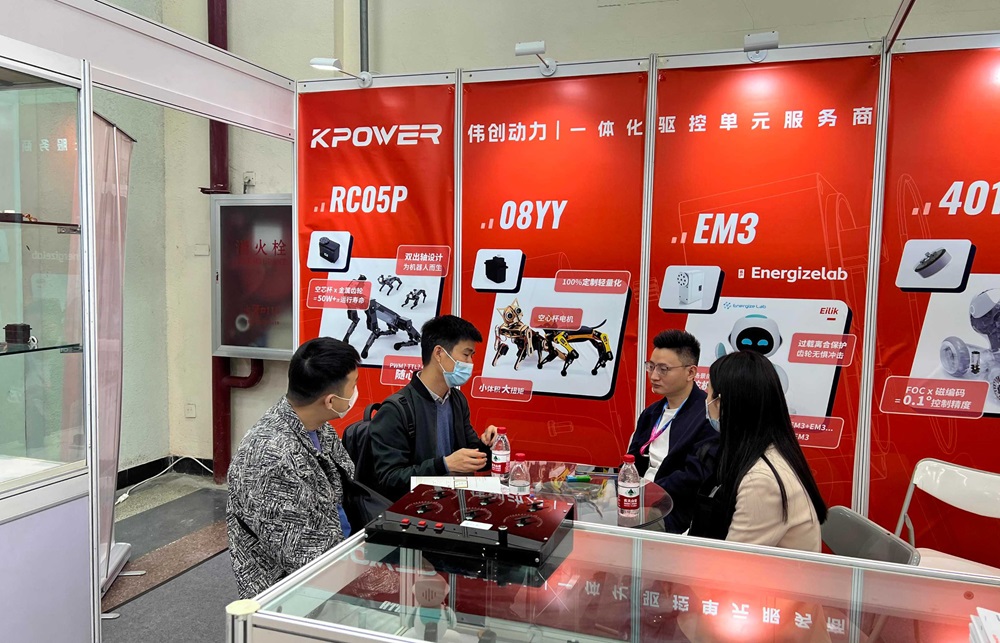In the vast universe of mechanical engineering, few components have as profound an impact on functionality and efficiency as motors and gearboxes. These two elements are the unsung heroes behind countless modern marvels—whether it's the electric vehicle zipping down the street, the robotic arm assembling electronics with precision, or even the humble escalator ferrying millions daily. Their synergy forms the backbone of power transfer in countless applications, blending raw energy with refined control.

At its core, a motor is an energy-to-mechanical power converter. It takes electrical, hydraulic, or other forms of energy and transforms them into rotational motion—an essential force for practically all machinery. While the basic concept is straightforward, the diversity of motors—AC motors, DC motors, brushless variants—demonstrates how engineers tailor their designs to meet specific needs, balancing factors like torque, speed, size, and cost.
The motor's role extends beyond mere movement; it is the heart of automation, precision, and power efficiency. For example, in electric vehicles, motors convert electrical energy stored in batteries into motion, rewriting the rules of conventional transportation. In industry, they drive conveyor belts, pumps, and tools, often operating continuously or in precisely timed sequences. The evolution of motor technology has been instrumental in advancing sustainability efforts, with efficient motors reducing energy consumption and carbon footprints.
However, the motor alone can't perform all the work. That's where the gearbox steps into the spotlight—a sophisticated system designed to modify the motor’s output to suit specific operational needs. Think of the gearbox as the motor’s translator, altering speed, torque, and direction to match the demands of the application. It encompasses a range of gear trains—spurs, helical, planetary, worm gears—all meticulously crafted for specific torque and speed ratios.
Gears are the mechanical equivalents of stepping stones in a journey—they connect the motor to the load, facilitating smooth power transfer. Depending on the design, gearboxes can amplify torque, reduce speed, or even reverse rotation direction. For example, a high-torque, low-speed gearbox might be used in lifting equipment like cranes, where strength matters most. Conversely, a lightweight, high-speed gearbox suits applications like drones, where quick response and agility are vital.
The interplay between motor and gearbox is a dance of physics and engineering finesse. No longer is it sufficient to have a brute-force motor; integrating a well-designed gearbox ensures optimal performance, energy efficiency, and longevity of machinery. Proper alignment and matching of motor specifications with the gearbox's characteristics are critical; a mismatch might lead to excessive wear, overheating, or even catastrophic failure.
An essential aspect that underscores their partnership is efficiency. In engineering, efficiency isn't just a number—it's the essence of delivering more output for less input. The motor gearbox duo often determines the overall efficiency of a machine. Innovations such as hybrid gearboxes with integrated lubrication, lightweight planetary gears, and variable-speed motors are pushing boundaries, making machinery smarter, more adaptive, and greener.
Furthermore, advancements in materials science have revolutionized both components. High-strength composites, lightweight alloys, and advanced lubricants minimize inertia and friction, allowing for faster response times and longer service life. Digital sensors integrated within motors and gearboxes now monitor temperature, vibration, and wear in real-time, enabling predictive maintenance and reducing downtime.
Despite their importance, the design and selection process for motor and gearbox combinations remains complex. Engineers need to consider factors such as load torque, operating environment, space constraints, and cost. Simulation software and computational models have become invaluable tools, allowing virtual testing before physical prototypes—saving time and resources.
As industries move toward automation and smart manufacturing, the demand for highly reliable, efficient, and adaptable motor-gearbox systems only grows. Innovations such as brushless motors paired with planetary gearboxes and intelligent control systems are opening new frontiers—robots that learn and adapt, electric vehicles with extended range, and wind turbines that harvest energy more efficiently.
In essence, motors and gearboxes are more than just mechanical parts; they are the silent enablers of progress, the enactors of progress that propel us forward into a future filled with smarter, more sustainable technology. Their evolution reflects the relentless pursuit of efficiency, adaptability, and reliability—qualities that define modern engineering marvels.
Established in 2005, Kpower has been dedicated to a professional compact motion unit manufacturer, headquartered in Dongguan, Guangdong Province, China.




































